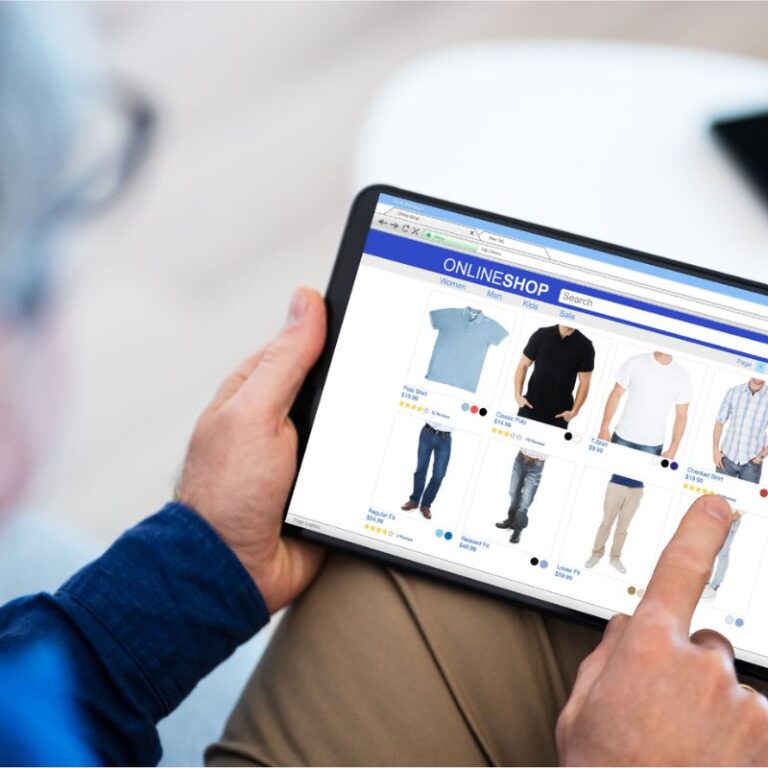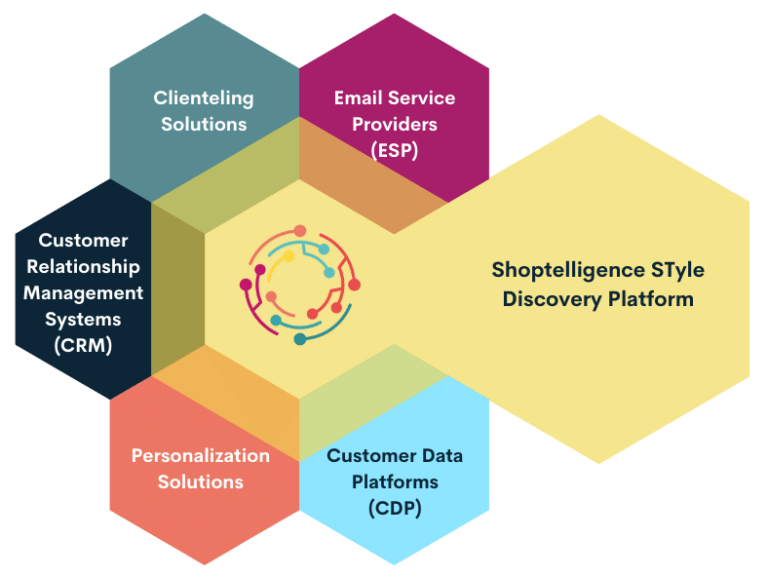
Maximizing Furniture Sales: 5 Strategies to Tackle Excess Inventory in 2023
The furniture industry in the United States is currently experiencing an oversupply of inventory. Many retailers are struggling to move excess stock in 2023. Retailers

10 Strategies to Beat Email Fatigue with Personalization
Email is an essential tool for businesses to communicate with customers in the modern digital world, but the average person receives over 100 emails per

How Furniture Retailers Can Leverage Analog and Digital Tools to Attract New Customers
In 2020, Covid changed the way Americans live and work in their homes. During the pandemic, 76% of people made some kind of improvement to

The Importance of the In-Store Visit
The US furniture industry is a significant contributor to the domestic retail economy, with an estimated 2021 value of $115.6 billion. The average order value

Mining and Leveraging Customer Data in an Omnichannel Retail Environment
First came brick-and-mortar retail stores. Then, vendors embraced the innovation offered by the internet, setting up websites and offering customers opportunities to browse their catalogs

Unlocking the Power of Data in an Ever-Tightening Privacy Landscape
In the modern retail environment, personalization is key to providing customers with a positive shopping experience that delights them and inspires them to purchase. But

2023 New Year’s Resolutions for Retailers
As shoppers receive credit card bills for their holiday spending, January is traditionally a slow month across all retail sectors. It’s a great opportunity for

The Value of a Digital-First Mindset
Have you heard colleagues, competitors, and industry experts using the words digital-first? Are you familiar with the concepts behind these latest buzzwords? A digital-first mindset

How to Build the Right Tech Stack for Your Omnichannel Retail Environment
Also called a solutions stack, technology infrastructure, or the data ecosystem, your tech stack refers to all the technology services your business uses to function
